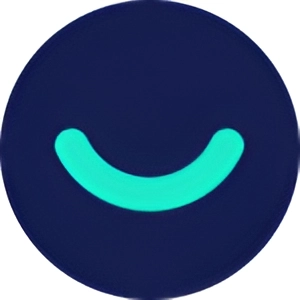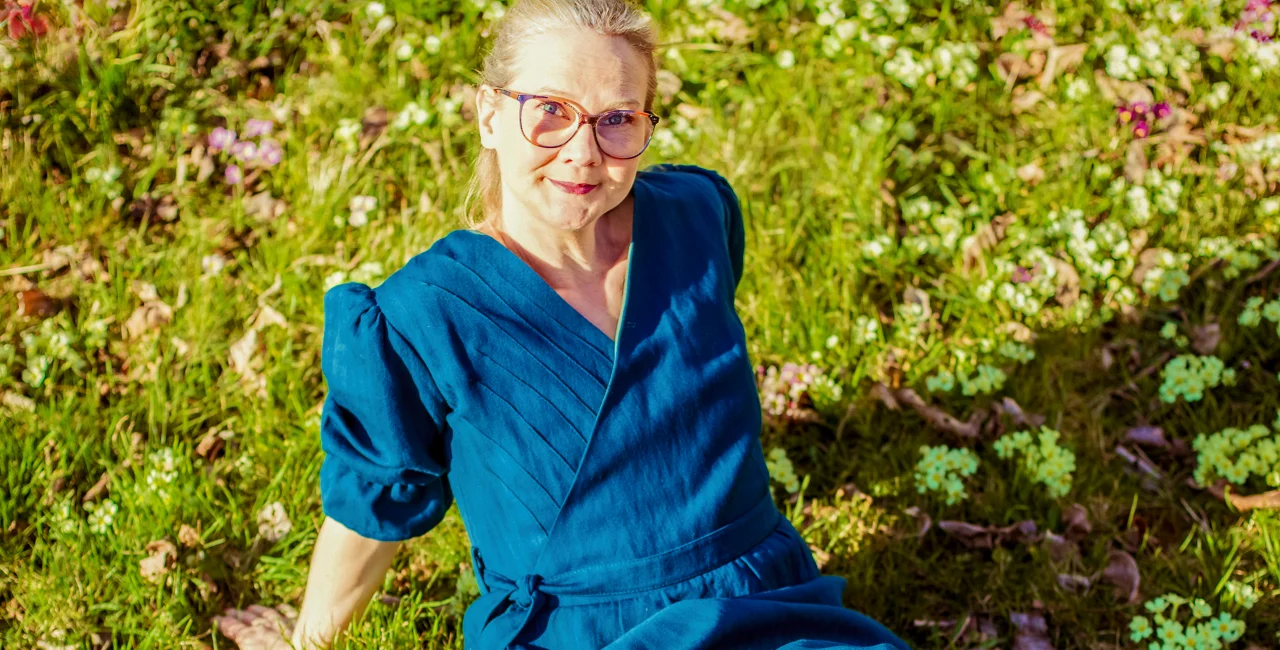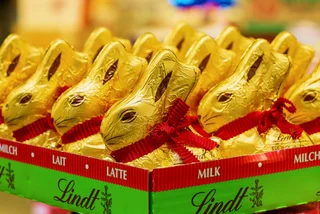Barbara Pella-Smallegange is a mother, daughter, sister, wife. She’s a creative, a bestie, a neighbor, an omnivore, a horrible gardener. She is a life enthusiast.
And a breast cancer survivor.
A native of Germany who has been living in the Czech Republic for the last 10 years, Pella-Smallegange was diagnosed with breast cancer in 2017. An aggressive tumor was discovered in her right breast that, luckily, had been caught at an early stage. The doctors who treated her in Prague wanted to save her breast, but after three unsuccessful breast-conserving surgeries, she finally had a unilateral mastectomy.
She opted not to undergo breast reconstruction, which would have been another brutal operation, and instead chose to focus on learning to love and accept her new body.
But she soon realized it was hard to find clothes that she felt comfortable and beautiful in. These frustrating trips to the department stores eventually led Pella-Smallegange to launch AMA WEAR, a fashion line designed for people with one breast.

We caught up with Pella-Smallegange to talk about what’s in store for her project, which acquired non-profit status last year, and words of advice for others facing a similar journey with their health.
Why did you start AMA WEAR?
I noticed that out of all the clothes I had in my wardrobe, I don’t want to wear a bra with a breast prosthesis – or at least I wanted to have the choice of whether to wear one or not. Finding clothes that I felt beautiful in while being “half-flat” was very frustrating. T-shirts, blouses, dresses, jumpsuits, sweaters looked silly. As an ode to my lost breast, I began to decorate the space with jewelry. But in the long run, I didn’t think that was enough.
Before my mastectomy, I never thought about the fact that fashion is designed for symmetrical torsos, which is, of course logical, as the upper body with one breast is in the minority and therefore not interesting for the commercial fashion market, even though one out of seven women worldwide gets breast cancer.
I did research, but I couldn’t find any brands that specialized in fashion for people with one breast. At one point, I joked that I should start such a brand myself. And without realizing it, the foundation for AMA WEAR was laid. At the beginning of last year, I grabbed a pencil and a paper to write down my thoughts, and suddenly, I had a business plan.

What’s the significance of the name?
AMA WEAR was inspired by the Amazons, who, if the ancient Greeks are to be believed, were courageous and combative women who cut off one breast so that they could use their crossbow unhindered.
How are you picking your designers?
We collaborate with fashion designers worldwide to cover the different tastes and preferences of people with one breast. We have Mariana Parra on board. She is from Mexico and studied Fashion Design at the ArtEZ University in the Netherlands. Last year, she took her final exam, and her designs for AMA WEAR are her first collection after her studies. We are thrilled!
Natalie Szegeny is a fashion design student at the UMPRUM Academy in Prague. She will graduate this year. For her final exam, she is making a collection for AMA WEAR. I attended her last presentation, and what I saw was amazing!
We give our fashion designers the freedom to design in their own style which can be feminine, provocative, non-binary, business-like, minimalistic, sporty, loud – just as long as it is wearable and sewable.
“Sewable?”
Yes. AMA WEAR does not manufacture the clothes. The final product is a sewing pattern from each design, accompanied by detailed instructions and pictures of what the final garment should look like.
The sewing patterns will be available for download on our website, which also contains an e-shop. I want to fill the e-shop with clothing designs, necklaces, brooches, and art—things that make people happy and pamper their souls.
Why did you choose to go in this direction?
For AMA WEAR, it is important to be sustainable. We love nature and care for people and the environment. By not producing clothes, we avoid waste and pollution from the production process. People can choose their own fabrics for the clothes according to their taste, but we also suggest which material fits best with the design.
You can make the clothes by yourself or support a local tailor. We can reach our global target group by offering the sewing patterns online. Knowing that somebody is thinking about you and understands your situation and that you feel beautifully dressed while you don’t have a mainstream body is vital for your mental health and self-confidence. This is often underestimated.

Let’s talk about the design concept behind AMA WEAR?
AMA WEAR’s fashion is not about hiding the fact that you only have one breast. Some designs will decorate the empty space, and other designs will emphasize in a creative way that you are proud of what you have. And with others, nobody will even realize that you’re missing a breast.
AMA WEAR is more than fashion design. It is a lifestyle, self-acceptance, a statement, and an important contribution to feminism and inclusive fashion. With AMA WEAR, I also want to encourage others to live with one breast, be true to themselves, celebrate life, and realize that as a woman, you are more than just two breasts.
Are you looking for new collaborators?
AMA WEAR is always looking for people. Fashion designers willing to think outside the box and want to help make the fashion industry more inclusive with one design or a whole collection can get in touch with us. Together, we can discover different possibilities.
We are also looking for people who would like to share their experiences with a life with one breast to show that you are not alone. People who would be happy to be our model and to wear our special garments for feedback and taking pictures. Lastly, we are looking for people who want to help us finance this wonderful initiative, as AMA WEAR relies on grants, sponsorship, enthusiasts, and goodwill.
Any exciting plans for the future?
We have many exciting plans and ideas. For example, we are developing a Fashion Award with the amazing Egg Foundation from the Netherlands. This will be a big thing. We are also thinking about pop-up stores with a tailor and a designer – maybe at medical congresses – and a special fashion app for people with one breast to exchange ideas, experiences, frustrations, and laughter.
What advice would you give others facing a similar journey?
It is interesting how differently people deal with the changes to their bodies after a mastectomy. I don't want to say that one behavior is better than the other because everyone experiences fear, changes, and their own body in a personal way, and everyone has the right to express this individually.
It has helped me to talk openly about my breast cancer, even with my children. I feel it was good not to keep it a secret from them. I have a competent team of doctors here in the Czech Republic, and they are taking good care of me. I have great people around me who accept me for who I am, not only in character but also physically.

I always try to communicate openly about my needs, sorrows, and wishes, which helps me and others to deal with the situation, especially during the times when hormonal therapy has changed me into a depressive monster. Luckily, this was just a phase, but a nasty one.
I think that during the first years of my breast cancer, the situation felt worse for the people around me than for myself. I had no pain, I always thought breast cancer is something other people get, not me. But then the little monster was suddenly there, and I wanted to get rid of it. I was focused on “OK, what’s next?”
I'm glad that I “only” had one breast amputated and not an arm, for example. This means I can function without restrictions, paint and draw, hold my children in my arms, and climb trees. It’s important to look at your new me optimistically and take good care of yourself. You are beautiful, and you deserve love and respect.












 Reading time: 6 minutes
Reading time: 6 minutes 





















